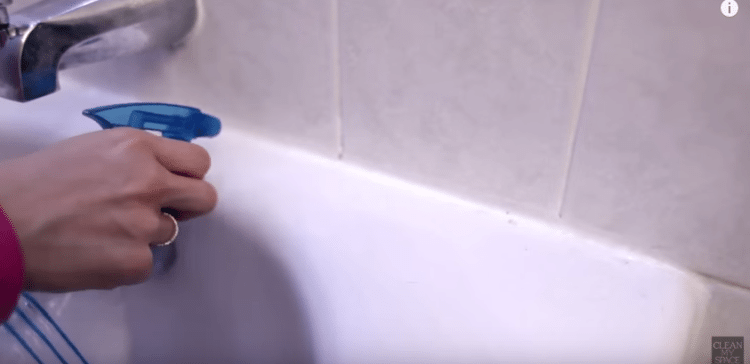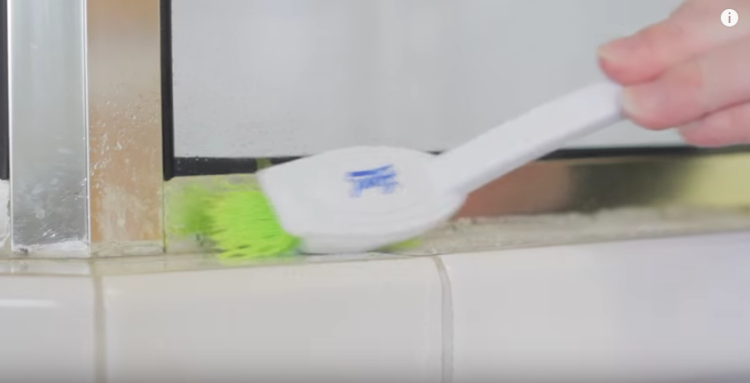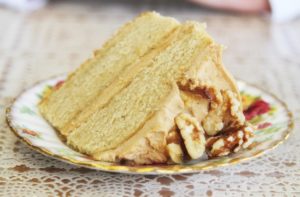Killing Mold, Part 2: The Usual Areas
So we know that the most likely areas for mold to take over are our bathrooms, kitchen counters, walls, and other flat surfaces to regularly come into contact with water. It can seem like a lot— until you know how many options you have to fight them. Pick one or use them all to attack and defeat that mold, and prevent a resurgence.
If you’re using hydrogen peroxide: Whether you’re using it straight or in the 50-50 water concentration, the method is the same. Spray the affected area and let it sit for 10 minutes. Wipe away the area – you might need to scrub hard, depending on how bad the infestation is – rinse, and dry the area off. To prevent regrowth, spray one more time and let it air dry.
If you’re attacking shower caulking: Bleach could be your best bet, especially if you’re looking for a return to pristine white caulking and/or if the mold has gone beyond pink or orange mildew to the black stage. Spray the bleach on thickly and wait a few minutes. As you do, you’ll actually see the black start to disappear— that’s the mold dying! Using a scrub brush or a toothbrush to scrub it away, and scrub away any debris while you’re at it. Rinse the area by spraying it down with your shower nozzle, and use a paper towel to pat it dry.
If you’re using vinegar: The method here is similar to using the hydrogen peroxide or the bleach! You can use undiluted vinegar or a mixture of 1 part vinegar and 1 part water. Whichever you choose, spray the area and let it sit. Scrub vigorously in a circular motion, rinse, dry and spray again to prevent regrowth. If you’re cleaning grout, you can also follow it up with a paste made of baking soda and water, and repeat the scrubbing method.
If you need intense saturation: Use cotton coil to give your grout cleaning a boost. Soak it in bleach or your chosen cleaner, lay it on the area, let it soak overnight, and scrub in the morning.
If it’s on your shower curtain: Wash it in the regular washer and dryer with detergent and bleach. The folds of your shower curtain are prime mold breeding ground, so make sure you’re cleaning it regularly! Alternatively, wash it in the regular washer with half the recommended detergent and 1 cup of vinegar, with some towels in there too for extra scrubbing. After washing, put the washed shower curtain in your clean tub. Cover with water, and add 1 cup of salt to the water as it runs. Stir the water so the salt dissolves and covers the shower curtain. Soak for three hours, then hang to dry.
If it’s a painted wall: You can use the other methods here, but if you’re worried about bleach or hydrogen peroxide on your paint, there’s another way. Just fill a bucket with detergent and water. Wash with one rag and dry with another. Then – this part’s important! – vacuum around the area to get rid of any remaining spores and to stop them from growing back.
Read Part 3 in the Next Page …










